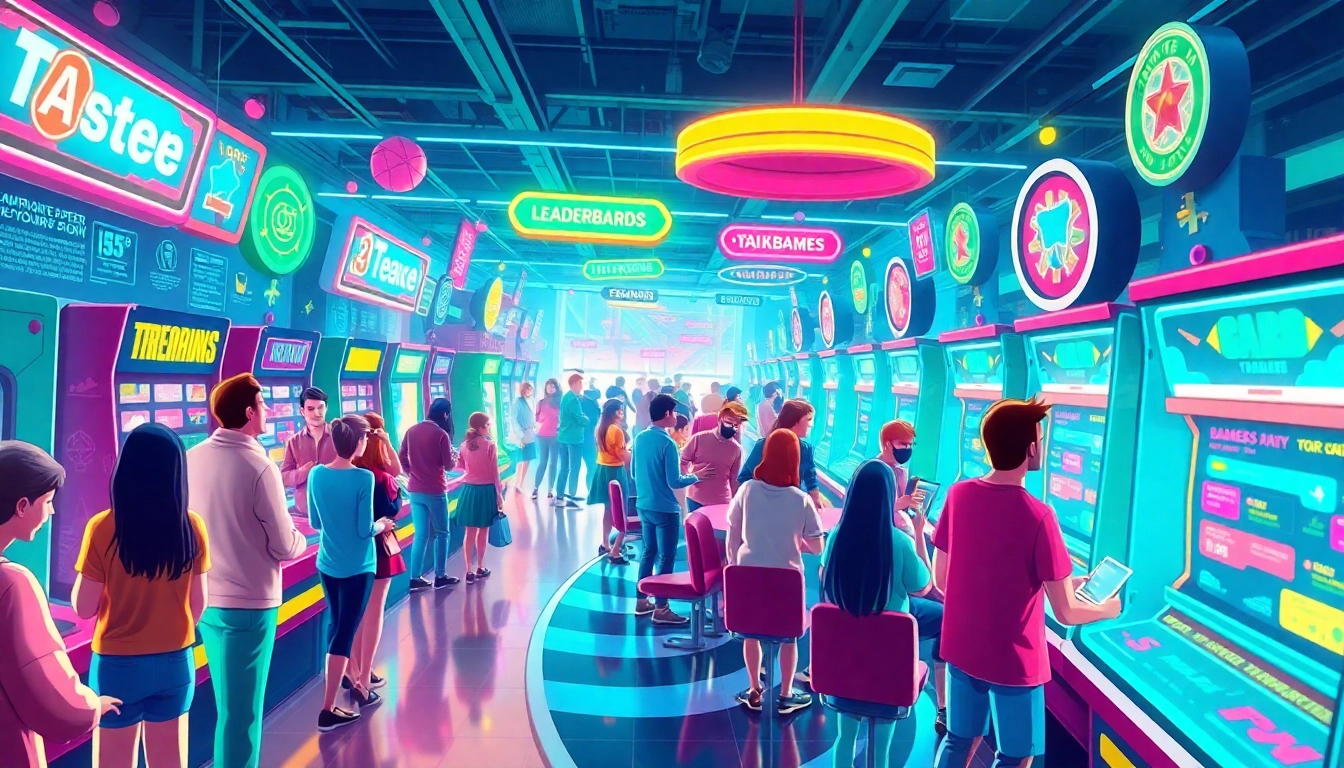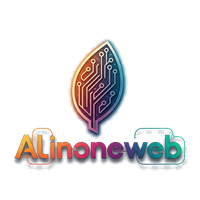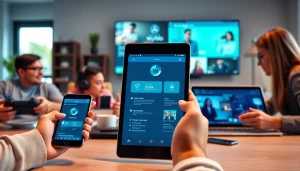Proven Gamification Solutions for 2025: Boost Engagement and Success

Understanding Gamification Solutions
What are Gamification Solutions?
Gamification solutions refer to the integration of game mechanics, designs, and principles into non-game contexts such as education, marketing, and workplace environments. By leveraging elements like points, badges, challenges, and leaderboards, organizations can create more engaging experiences that motivate users to enhance their performance, participation, and learning outcomes. This approach taps into people’s natural desires for achievement and competition, transforming mundane activities into engaging experiences.
Benefits of Implementing Gamification
Implementing gamification solutions can drastically improve engagement levels, which is one of its most significant benefits. Employees or users are more likely to participate and invest time in activities that offer rewards and recognition. Additionally, gamification enhances learning and retention. For instance, in educational settings, students who engage in gamified learning have been shown to retain information better due to interactive elements that promote active learning rather than passive consumption.
Moreover, gamification can lead to improved performance metrics as users are often more motivated to achieve success in a game-like setting. This can translate to tangible results such as higher sales, increased productivity, or enhanced customer loyalty. Furthermore, it fosters community and social interaction, as participants can collaborate and share achievements, creating a sense of belonging and teamwork.
Common Applications Across Industries
The application of gamification spans various sectors, each harnessing its potential to enhance engagement and performance. In the corporate world, gamification is popularly used in employee training, where concepts are presented in a competitive format that encourages skill development through scenario-based learning.
The education sector utilizes gamification to drive student engagement and improve retention rates. Platforms such as Kahoot! and ClassDojo incorporate game-inspired mechanics to entice students into active participation during lessons.
In healthcare, gamification helps to motivate patients to adhere to treatment plans by turning wellness activities into manageable, competitive tasks. For example, mobile health apps may reward users for completing workouts or following medication schedules, making the process less onerous and more engaging.
Challenges in Adopting Gamification
Identifying User Needs and Preferences
One of the foremost challenges in adopting gamification solutions is accurately identifying the needs and preferences of users. Organizations must conduct thorough research and gather data to understand what incentives resonate most with their target audience. Misalignment between gamification mechanics and user expectations can lead to disengagement rather than increased motivation.
Overcoming Implementation Hurdles
Implementation hurdles can vary greatly, but common issues include technical challenges, budget constraints, and resistance to change within the organization. It is essential for stakeholders to work collaboratively to develop a clear strategy for integration, ensuring that all technological requirements are addressed. Furthermore, obtaining buy-in from employees and management is crucial, as this support can drive a successful transition.
Measuring Success and Engagement
Once a gamification strategy is in place, measuring its effectiveness can be complex. Organizations need to define and track key performance indicators (KPIs) that determine success, such as engagement levels, completion rates, and user satisfaction. Regularly analyzing this data will help organizations understand what works, what doesn’t, and how to adjust their gamification strategies for continuous improvement.
Best Practices for Effective Gamification
Designing Engaging User Experiences
Creating engaging user experiences is pivotal for the effectiveness of gamification solutions. This involves carefully designing the user interface and ensuring that the game mechanics align with user motivations. Incorporating storytelling elements can also enhance user experience; narratives create emotional connections and help participants engage more deeply with the content.
Utilizing Feedback Loops
Feedback loops are crucial to maintaining user engagement in gamification. Providing real-time feedback on performance allows participants to understand their progress, learn from their mistakes, and feel valued. This feedback can be delivered through achievement notifications, progress tracking, and even social shares that acknowledge accomplishments publicly.
Aligning with Business Goals
For gamification to be truly effective, it must align with the broader business goals of the organization. Whether the aim is to improve sales, enhance employee skills, or boost customer loyalty, the gamification strategy should support these objectives. Establishing clear goals from the outset enables a focused approach, ensuring that gamification efforts translate into measurable business outcomes.
Innovative Gamification Solutions to Consider
Top Tools and Software in 2025
As gamification continues to evolve, several notable tools and platforms are gaining traction in 2025. Solutions like Kahoot! are expanding beyond education into corporate training, combining gamified quizzes with team collaboration features. Similarly, platforms like Bunchball and Badgeville offer robust frameworks for integrating game mechanics into existing business processes, promoting employee motivation and performance retention.
Case Studies of Successful Implementations
Many organizations have embraced gamification with noteworthy success. For instance, Deloitte’s Leadership Academy utilized gamification to enhance its training programs, resulting in a 30% increase in learner engagement and a 45% improvement in completion rates. Another example includes the coffee chain Starbucks, which launched its loyalty program with a gamified structure that contributes to a significant increase in customer retention and engagement.
Expert Tips for Choosing the Right Solution
When selecting a gamification solution, organizations should evaluate their specific needs, segment their audience, and consider the available budget. It’s essential to research different platforms and examine case studies of similar organizations that have successfully implemented gamification solutions. Engaging stakeholders throughout the selection process helps ensure the chosen approach aligns with the users’ expectations and business objectives.
The Future of Gamification Solutions
Trends to Watch in the Gamification Space
As we move further into 2025 and beyond, gamification will increasingly integrate with emerging trends like virtual and augmented reality (VR/AR). These technologies can create immersive experiences that enhance user engagement in ways traditional platforms cannot. Additionally, the growing use of data analytics will allow organizations to personalize gamification experiences further, tailoring challenges and rewards to individual preferences and behaviors.
The Role of Technology and AI
Artificial intelligence (AI) is poised to play a significant role in the evolution of gamification solutions. AI algorithms can analyze user behavior and preferences, providing insights that help fine-tune gamified experiences. This personalization can lead to higher engagement rates, as users are more likely to participate meaningfully when content is tailored to their interests and motivations.
Preparing for Future Challenges
While the future of gamification appears promising, organizations must be prepared for potential challenges. These could include the saturation of gamified experiences, which may lead to diminished novelty effects over time. To combat this, continuous innovation in gamified design and mechanics will be crucial. Furthermore, companies must remain vigilant about data privacy and ethical considerations, as more personalized and engaging systems are often built on extensive user data.







